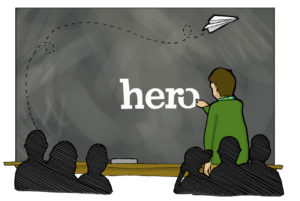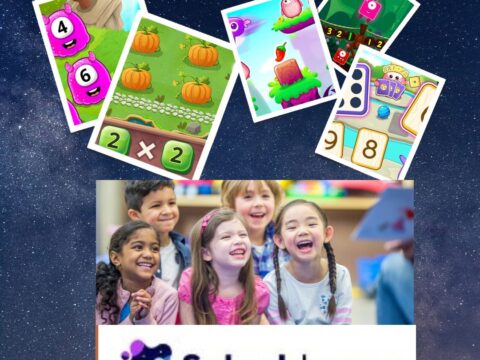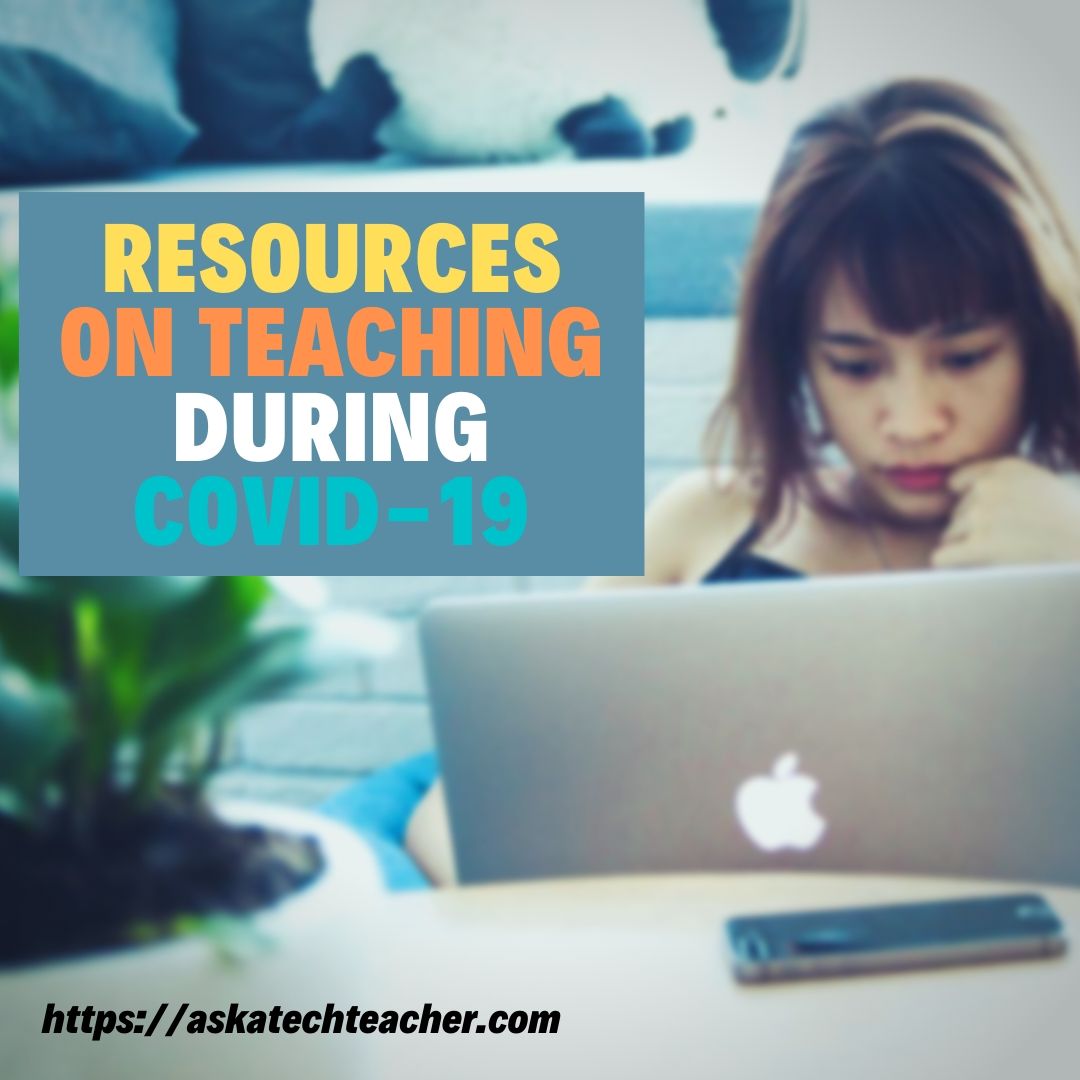Every teacher knows that students do better with positive reinforcement. As tempting as “punishment” might sound when referring to that student who has scrambled your last nerve, to explain consequences of actions in positive terms goes much further toward student success not only in school but in the ongoing effort to build life-long learners.
“Positive reinforcement, whether it be with your family, when following laws, or with students, can best be defined as the logical consequences of doing what’s right.” –Jacqui Murray
As an education pedagogy, pursuing a classroom management system that revolves around positive reinforcement is called Positive Behavioral Interventions and Support, or PBIS. The importance of using tools that prevent disruptive behavior and support students is explained by NEA Past President Lily Eskelsen Garcia:
The most effective tool teachers have to handle problem behavior is to prevent it from occurring in the first place. Positive Behavioral Interventions and Supports (PBIS) programs help teachers recognize the significance of classroom management and preventive school discipline to maximize student success. PBIS strategies are critical to providing all young people with the best learning environment.
Committed teachers can accomplish this in a variety of ways including supportive words, prizes, special activities, certificates, badges, and modeling proper behavior. Here are four online options that support the goal of recognizing students in a positive way:
Class Dojo
The free app, Class Dojo, encourages and rewards positive classroom behavior (like helping others, staying on task, participating in activities, exhibiting persistence, and engaging in teamwork) and discourages negative behavior (such as bullying, disrespect, missing homework, being off task, and talking out of turn). The app works on iOS, Android, desktops, and Kindle Fire and is easy to set up. Teachers create their account, add student names, and then track student behavior against a personalized list. Parents are automatically updated every time the teacher adds a behavior or an announcement. Teachers can share weekly or monthly reports curating class behavior by category or individual student.
90% of US K-8 classrooms use Class Dojo. Here are five ways that’s happening:
- Encourage good classroom behavior by sharing the positive behaviors being focused on.
- Have a conversation with students on how positive actions serve their educational and life needs.
- Involve parents as partners.
- Quantify student behavior in preparation for report cards and parent meetings.
- Show students how to showcase their learning in personal portfolios.
Empatico
The free initiative Empatico, from The KIND Foundation, has a goal of connecting 1 million students in twenty-five countries from disparate socio-economic backgrounds. They believe that the more empathetic children become, the more in tune they are with the needs of their peers, the more they will collaborate and find creative solutions to global problems. Through the website, students broaden their worldview through meaningful interactions with peers across the globe. Teachers are provided everything necessary to make this happen including lesson plans, materials lists, a video conferencing platform, and more. Activities range from two-three hours to eight-twelve hours and may often be spread over multiple meetings.
The Empatico website offers four globally-responsive activities your students will enjoy:
- Ways We Play
- Community Cartographers
- Helping Hands
- Weather out the Window
Hero K12
Hero K12 is a cloud-based iOS and Android app that helps districts and schools manage student behavior in areas such as reduced classroom disruption, office referrals, and tardiness. Hero supports positive behavior reinforcement programs, allowing teachers and administrators to award points for positive student activity. By rewarding the good things students do every day, schools build not only better student behavior but a more positive school culture. It helps to identify what’s working and what’s not while developing new systems for addressing these. It supports building better student relationships with peers, educators, and parents. It minimizes negative behaviors by emphasizing positive behaviors, providing a tangible way for even fragile students to realize they are good people.
Four ways to use Hero in your classroom:
- Set goals school- and/or District-wide considered critical to student success.
- Create a Hero team to oversee the rollout of this program, track its progress, and address questions.
- Start with a finite set of behaviors to be encouraged. Add more over time.
- Carefully plan incentives to be authentic and student-driven.
Sown to Grow
Sown To Grow is an online student-driven performance tracker that uses the metrics of goal-setting and reflection to assess progress. The expectation is that students learn how to learn by assessing their own educational experiences as a way to determine their best strategies to become lifelong learners. Students set their goals, track their progress, and ultimately see what worked and what didn’t. Because this is student-driven, students care more about their work and doing their best. For example, if notetaking worked well as a method of achieving goals in one instance, they can transfer that successful experience to other academic endeavors.
Here are great ways to use Sown to Grow in your classes:
- Sown to Grow is well-aligned with school missions that include Depth of Knowledge, John Hattie’s Visible Learning, and other philosophies that value learning to learn.
- Include this in middle school and high school advisory classes as an effective way to track student progress toward self-proclaimed goals.
- Include this as part of any class to track student progress from their perspective, in ways a simple grade spreadsheet can’t.
- Include this in any study skills class to show students how to identify problems, make connections, and develop strategies for problem-solving and critical thinking.
- In place of canned reflections, use Sown to Grow to assess student interest and involvement. Students not only preflect on activities before they start but reflect on them when finished. This provides them with a self-generated metric for how their thinking changed from start to finish.
- Use this in goal-setting activities as a way for students to set and track not only education but personal goals.
- Sown to Grow makes it easy to differentiate for varied student learning and communication styles by asking students to do it themselves. Teachers provide the learning objective; students provide the feedback and reflection.
- This is an especially valuable tool in a self-directed classroom, a homeschool environment, or an online learning ecosystem.
***
Four programs to measure, encourage, and provide opportunities for students to show their positive behaviors. What may surprise them is how much a forward-thinking attitude impacts success in all parts of their lives.
Jacqui Murray has been teaching K-18 technology for 30 years. She is the editor/author of over a hundred tech ed resources including a K-12 technology curriculum, K-8 keyboard curriculum, K-8 Digital Citizenship curriculum. She is an adjunct professor in tech ed, Master Teacher, webmaster for four blogs, an Amazon Vine Voice, CSTA presentation reviewer, freelance journalist on tech ed topics, contributor to NEA Today, and author of the tech thrillers, To Hunt a Sub and Twenty-four Days. You can find her resources at Structured Learning.



































